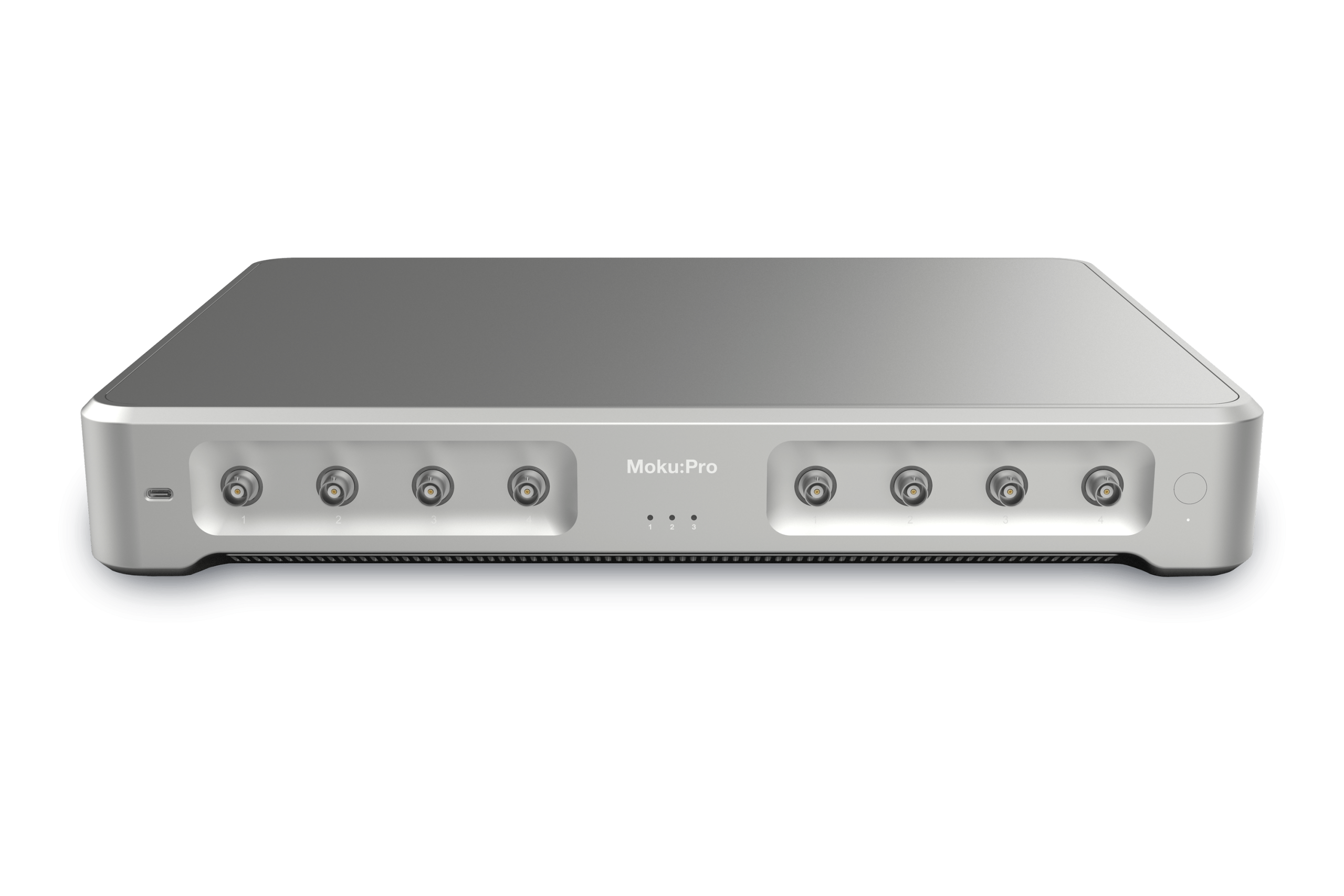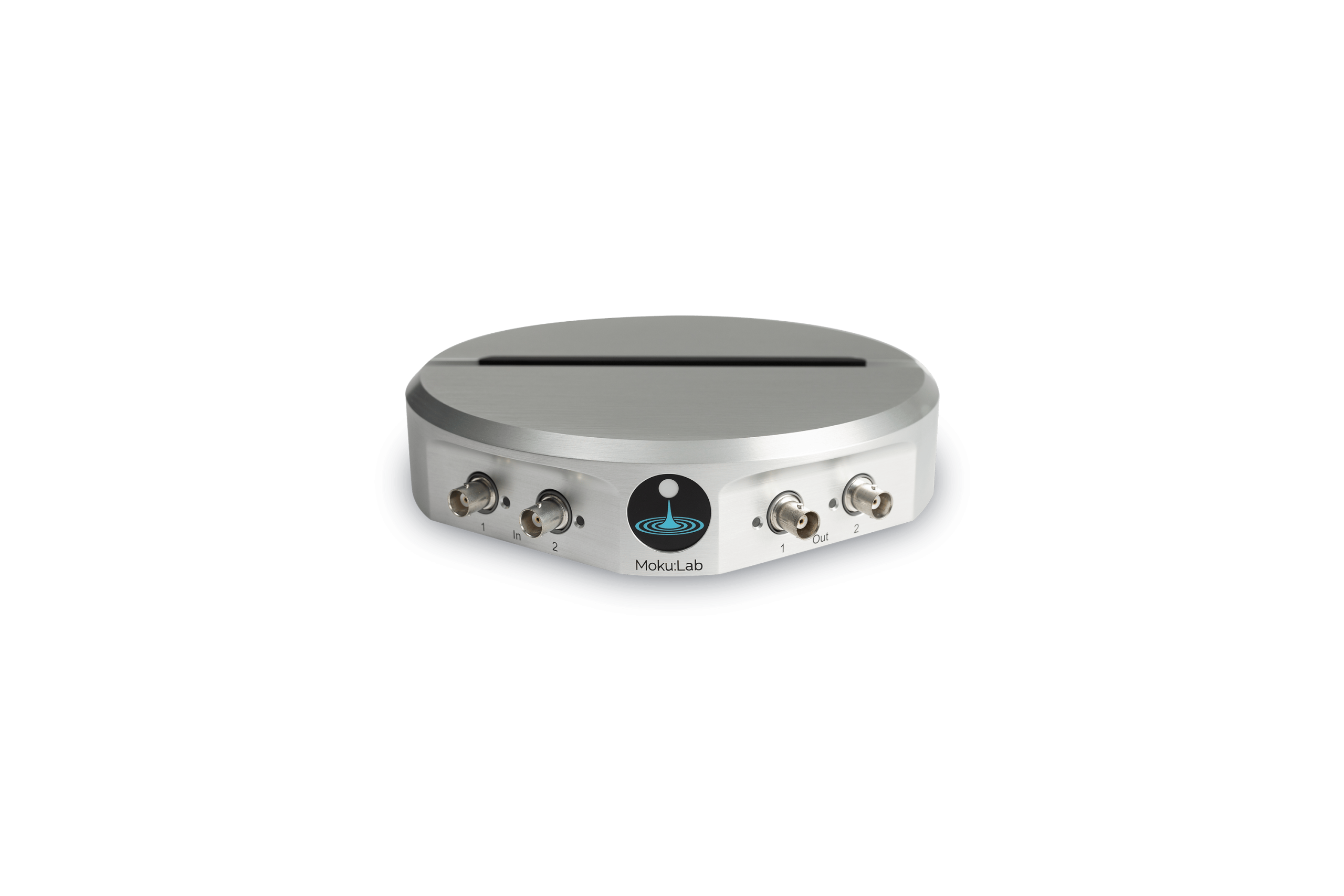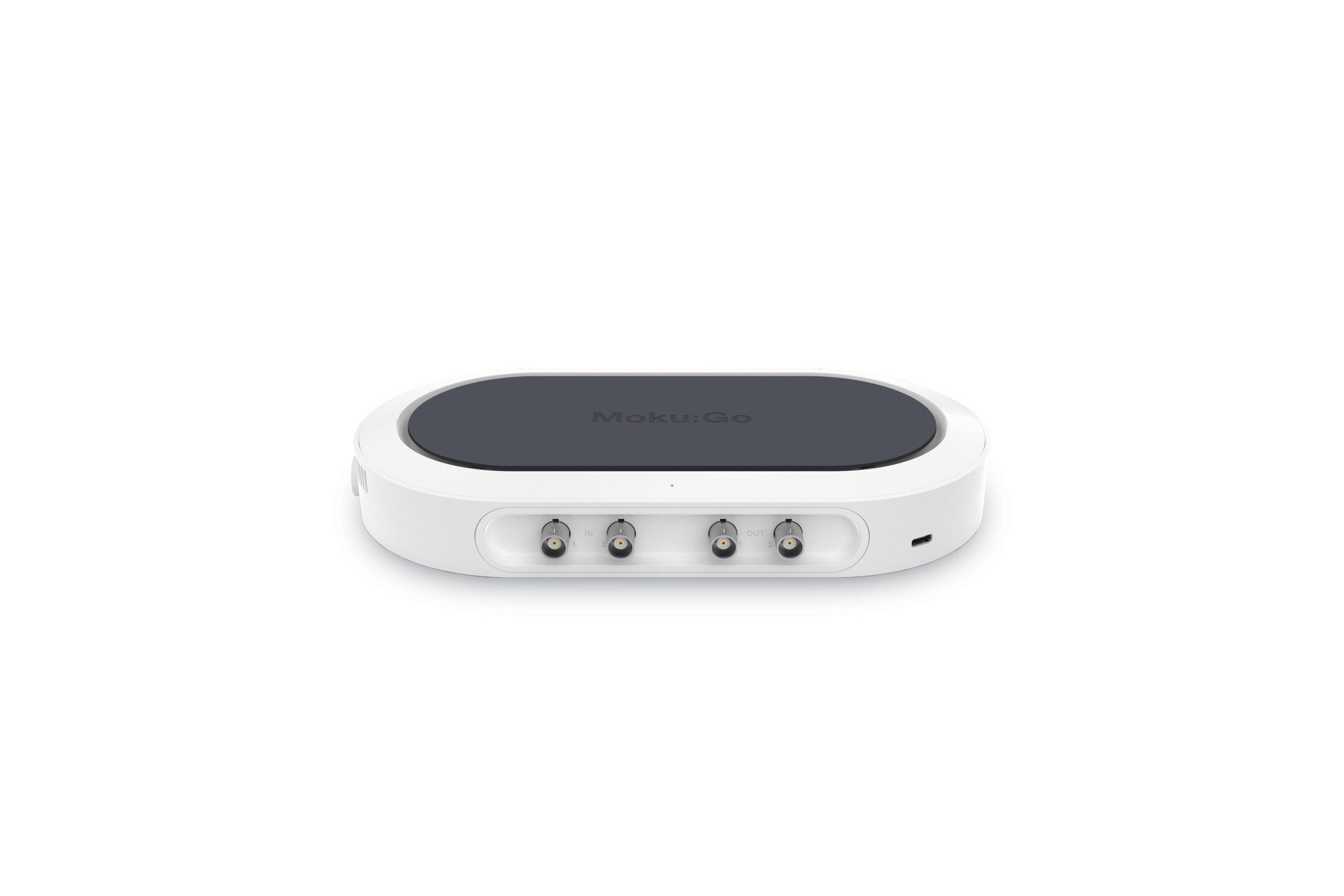Application notes
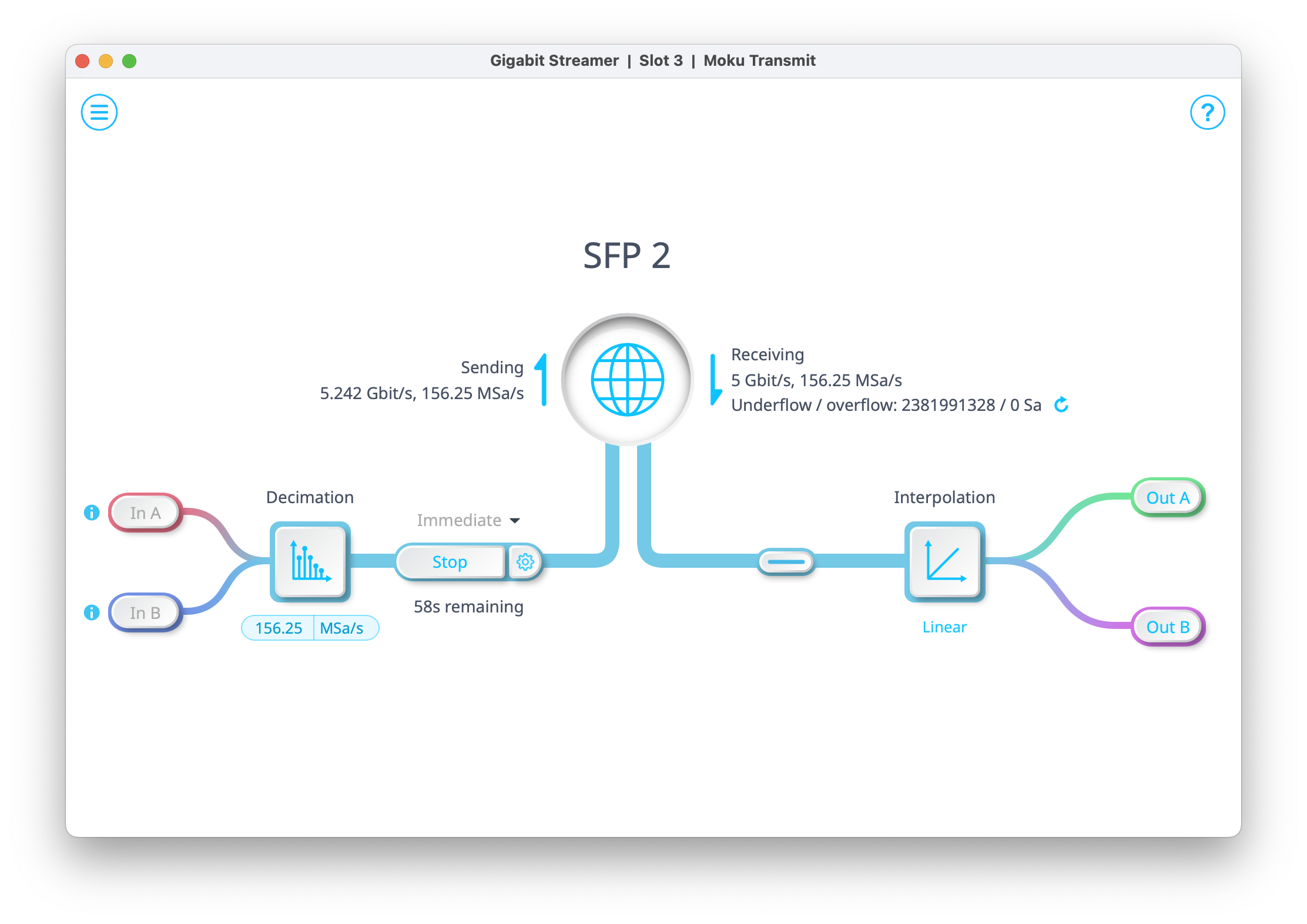
A concise guide to configuring direct sample streaming between two Moku:Delta devices using the Gigabit Streamer, including instrument placement, SFP connections, routing, and essential network parameters for reliable real-time operation.
Featuring: Moku:Delta, Gigabit Streamer
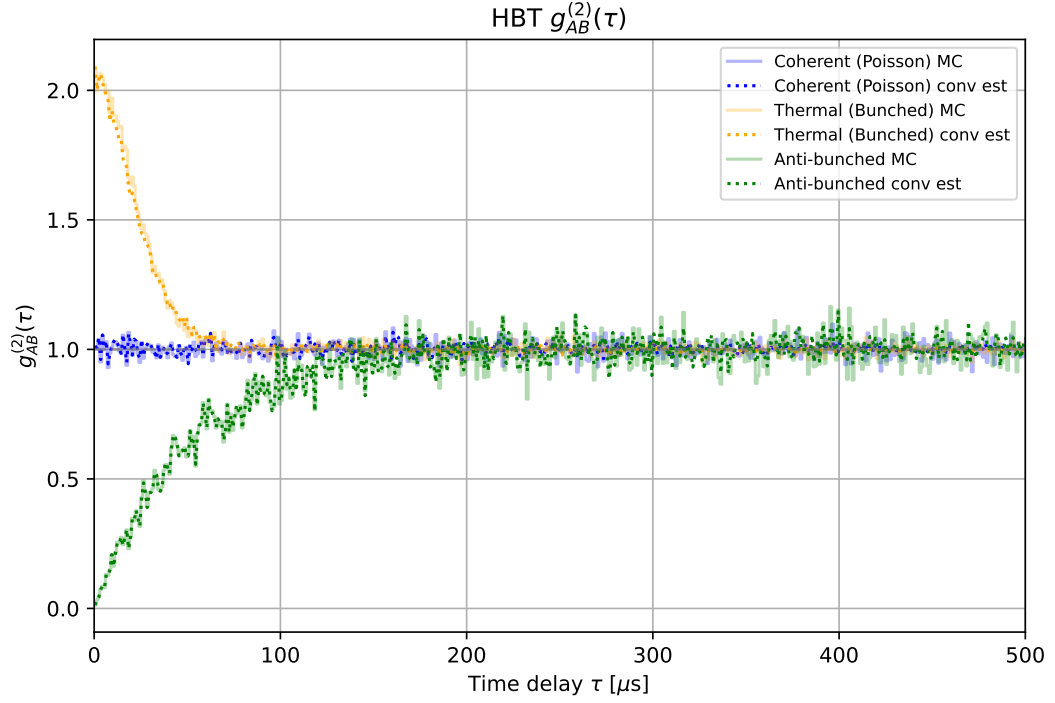
In this application note, we give an overview of the second-order correlation function and its physical meaning. We then discuss how to set up and collect the requisite data using the Moku Time & Frequency Analyzer, as well as use the built-in correlation calculator. Finally, we demonstrate two different methods for calculating the function and show that they agree well with each other.
Featuring: Moku:Pro, Time & Frequency Analyzer
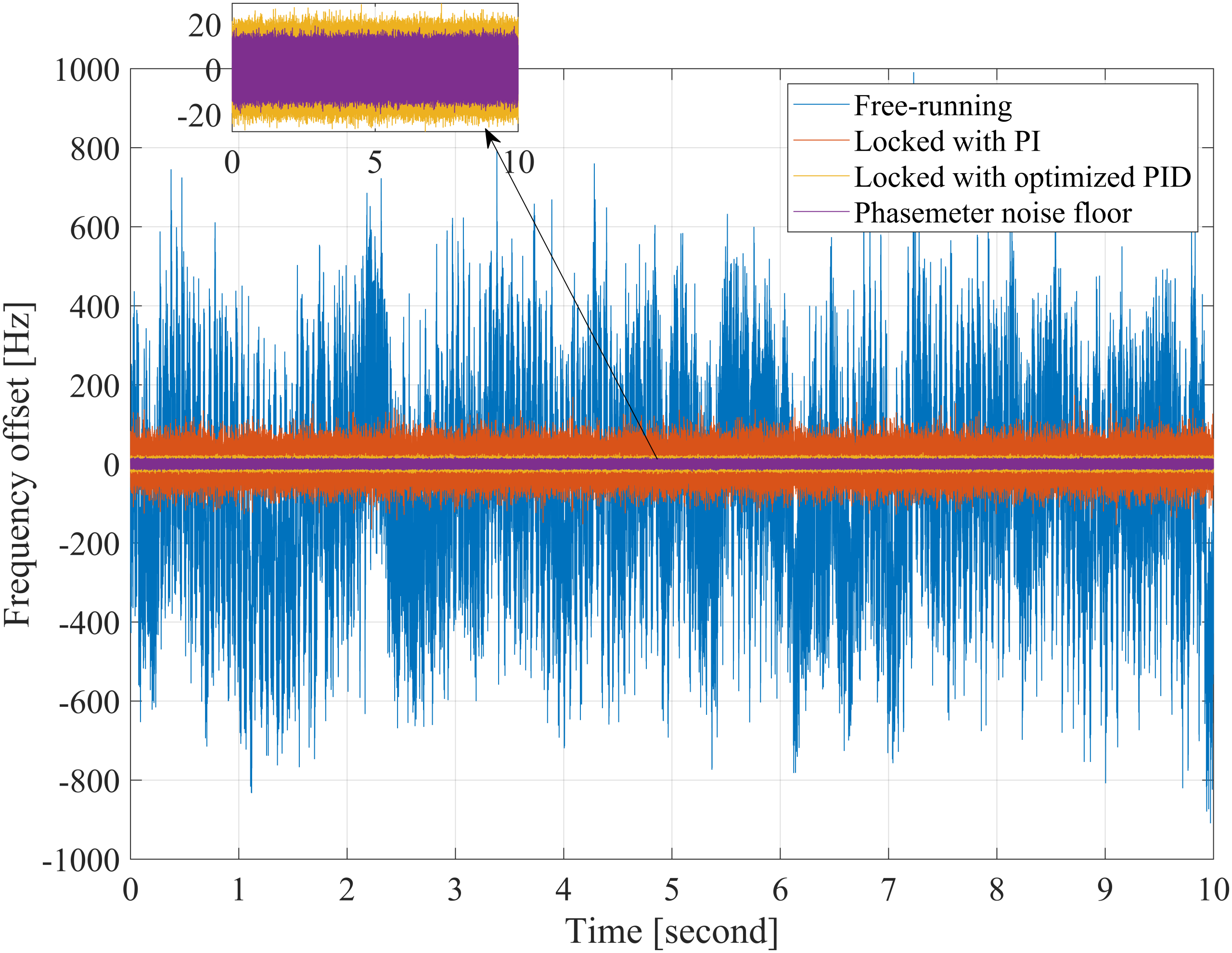
In this application note, a voltage-controlled oscillator (VCO) is stabilized using the Moku:Pro in Multi-Instrument Mode, integrating a Lock-in Amplifier for error detection and feedback control with a Frequency Response Analyzer for measuring the transfer function. The system’s open loop transfer function (OLTF) is modeled, simulated, and validated against experimental measurements.
Featuring: Moku:Pro, Frequency Response Analyzer, Lock-in Amplifier
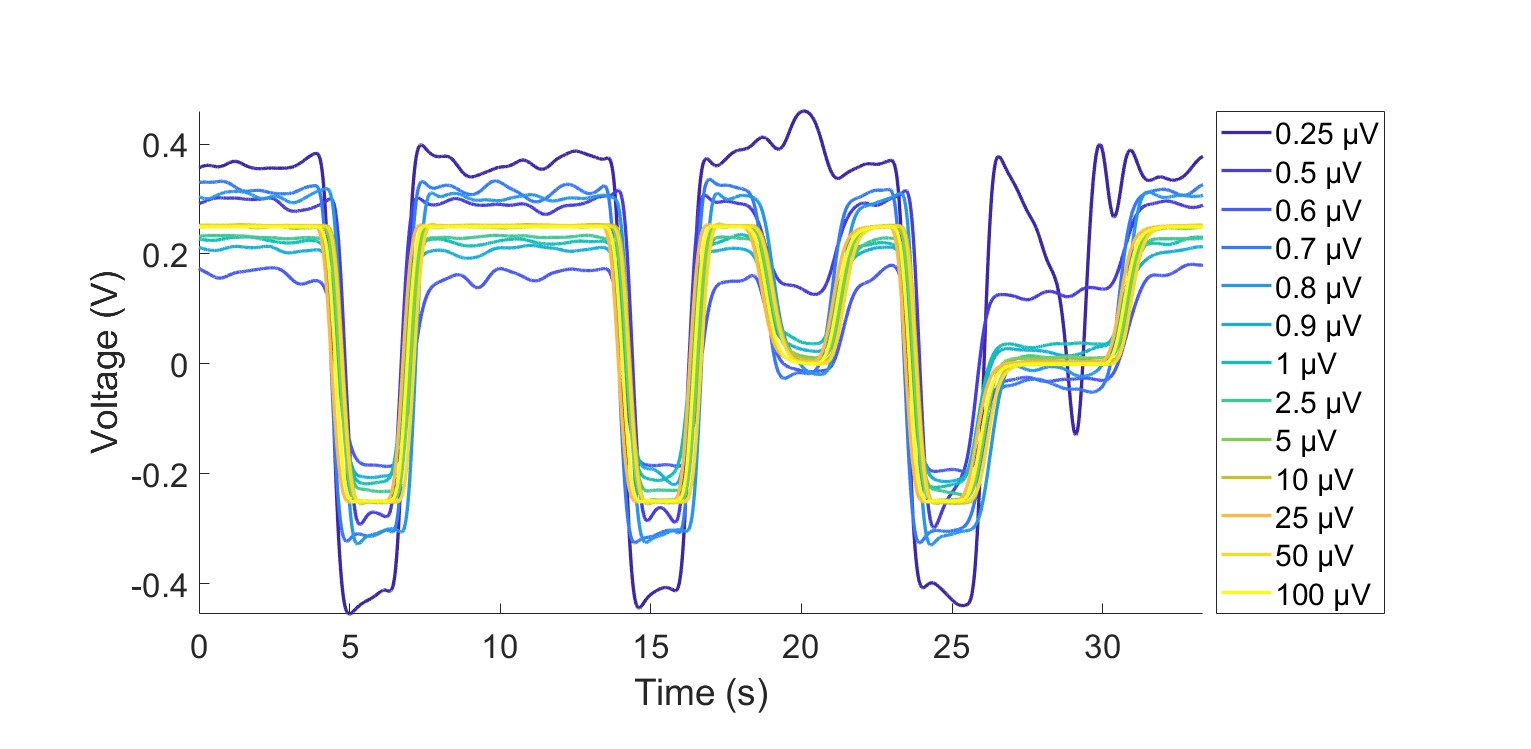
In this application note, we demonstrate how to phase-modulate and externally attenuate a high-frequency tone to achieve peak-to-peak signal amplitudes in the microvolt and sub-microvolt range.
Featuring: Moku:Pro, Lock-in Amplifier
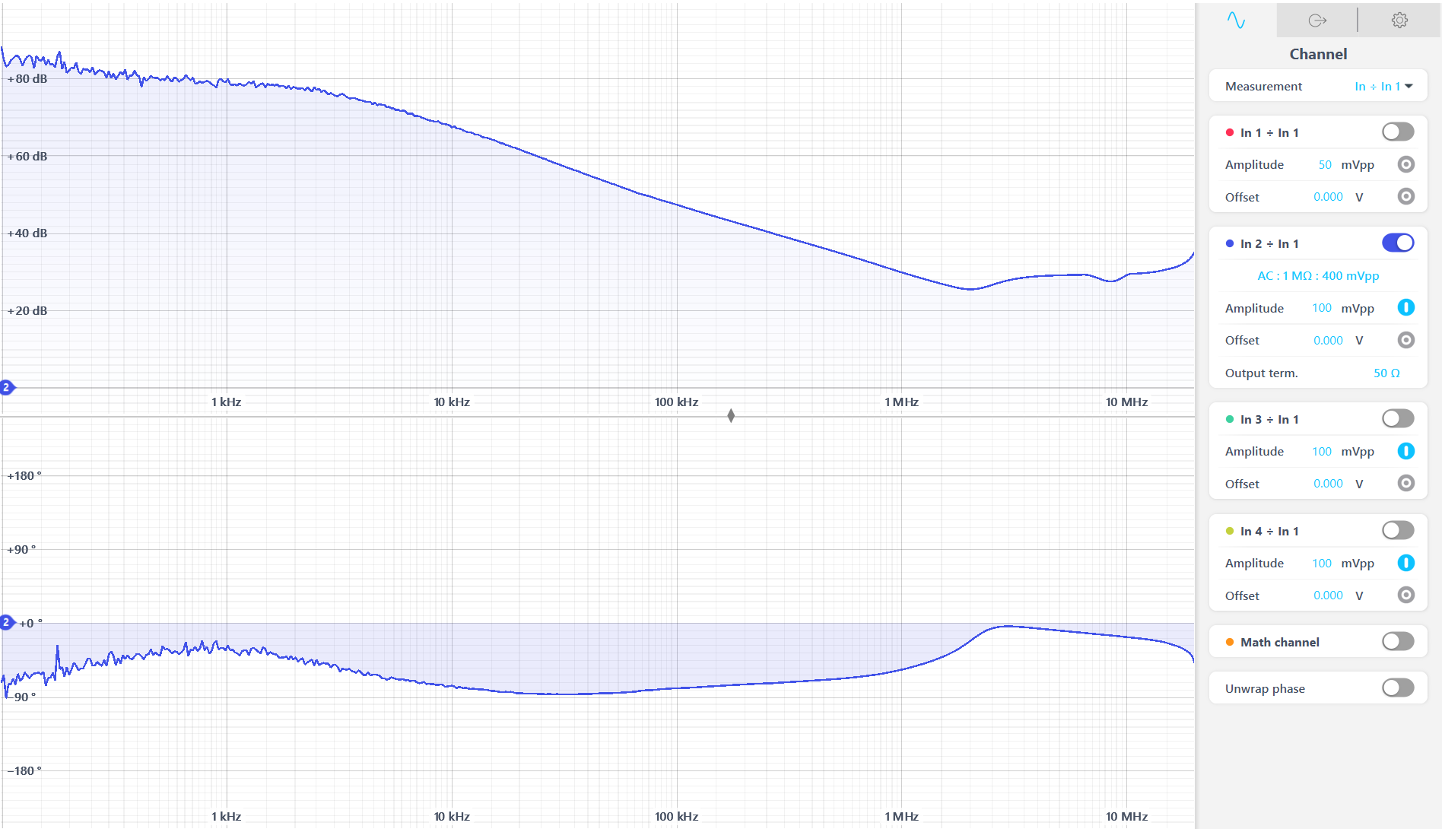
In this application note, the Frequency Response Analyzer is used to inject a perturbation signal onto the DC input of a voltage regulator, and to measure the transfer function of the input ripple to the output ripple of the regulator.
Featuring: Moku:Pro, Frequency Response Analyzer
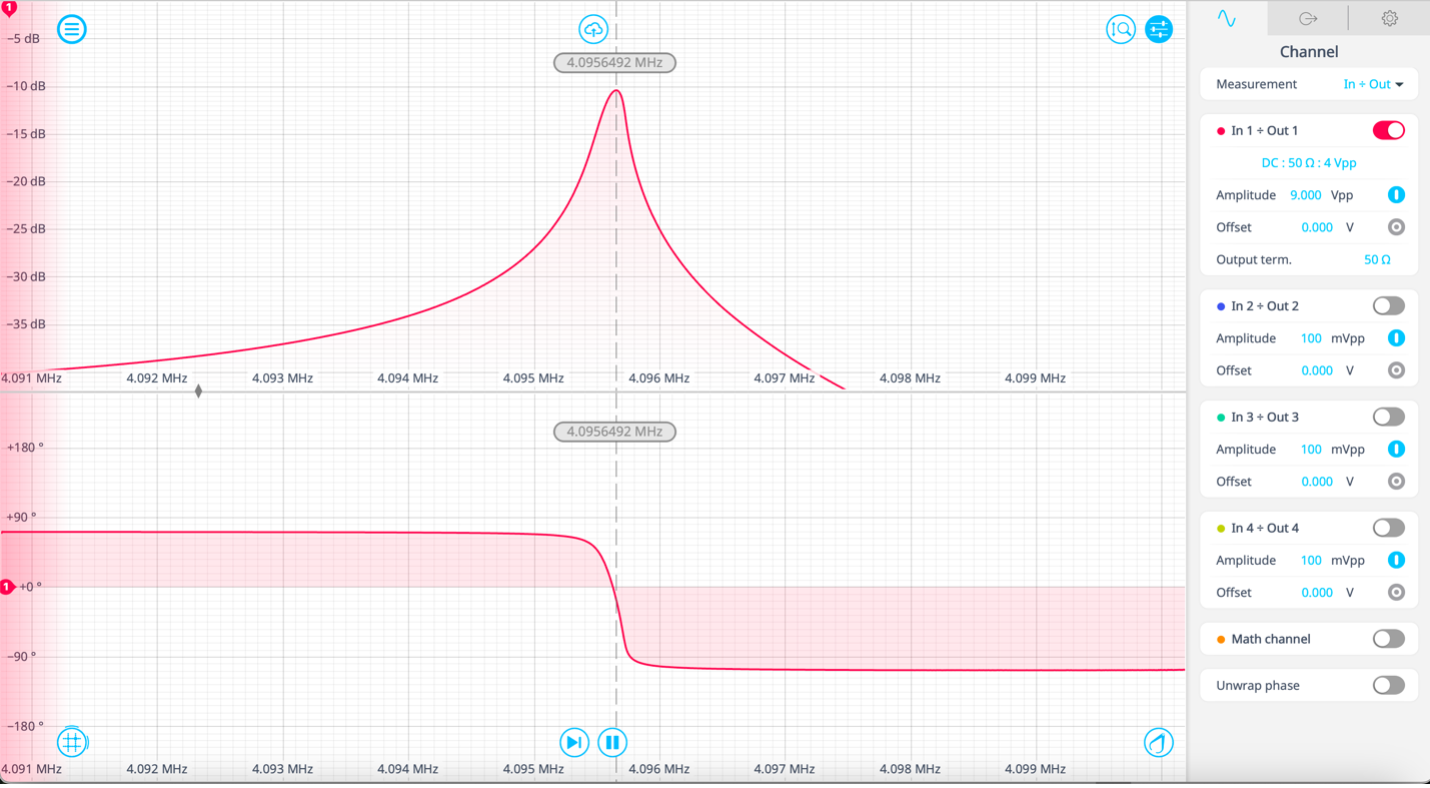
Learn how the DFRT method works when tracking the resonant peak of a crystal to test the real-world capability.
Featuring: Moku:Pro, Frequency Response Analyzer, Waveform Generator, Phasemeter, Lock-in Amplifier

Explore the configuration and operational principles of dual boxcar averagers, using Moku Cloud Compile on Moku:Pro — and find out how to download the bitstreams
Featuring: Moku:Pro, Moku Cloud Compile
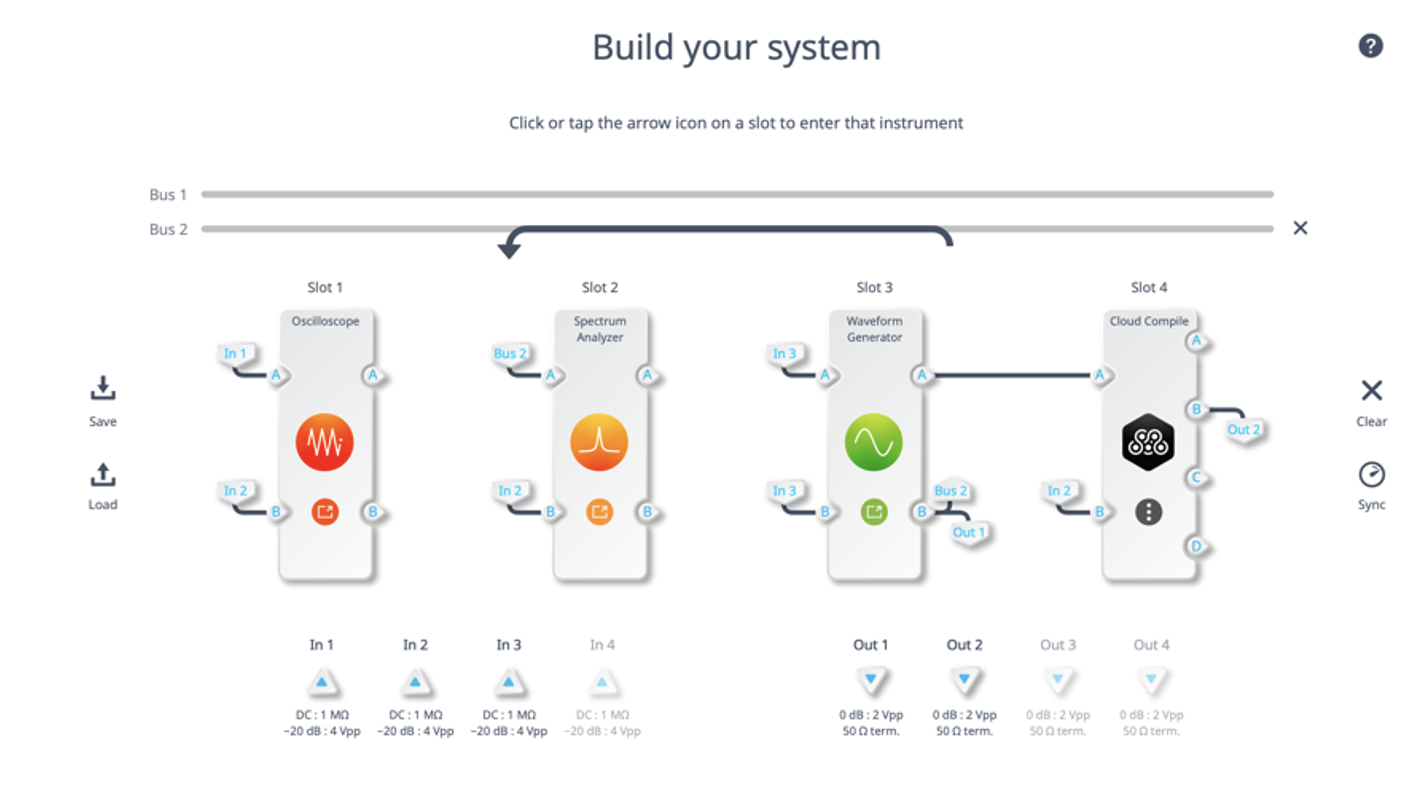
Get step-by-step instructions on how to compile and deploy custom FPGA code to your Moku device
Featuring: Moku:Pro, MATLAB, Moku Cloud Compile

Generate deployable VHDL code on Moku:Pro – Part 2: Simulink
Featuring: Moku:Pro, MATLAB, Moku Cloud Compile

